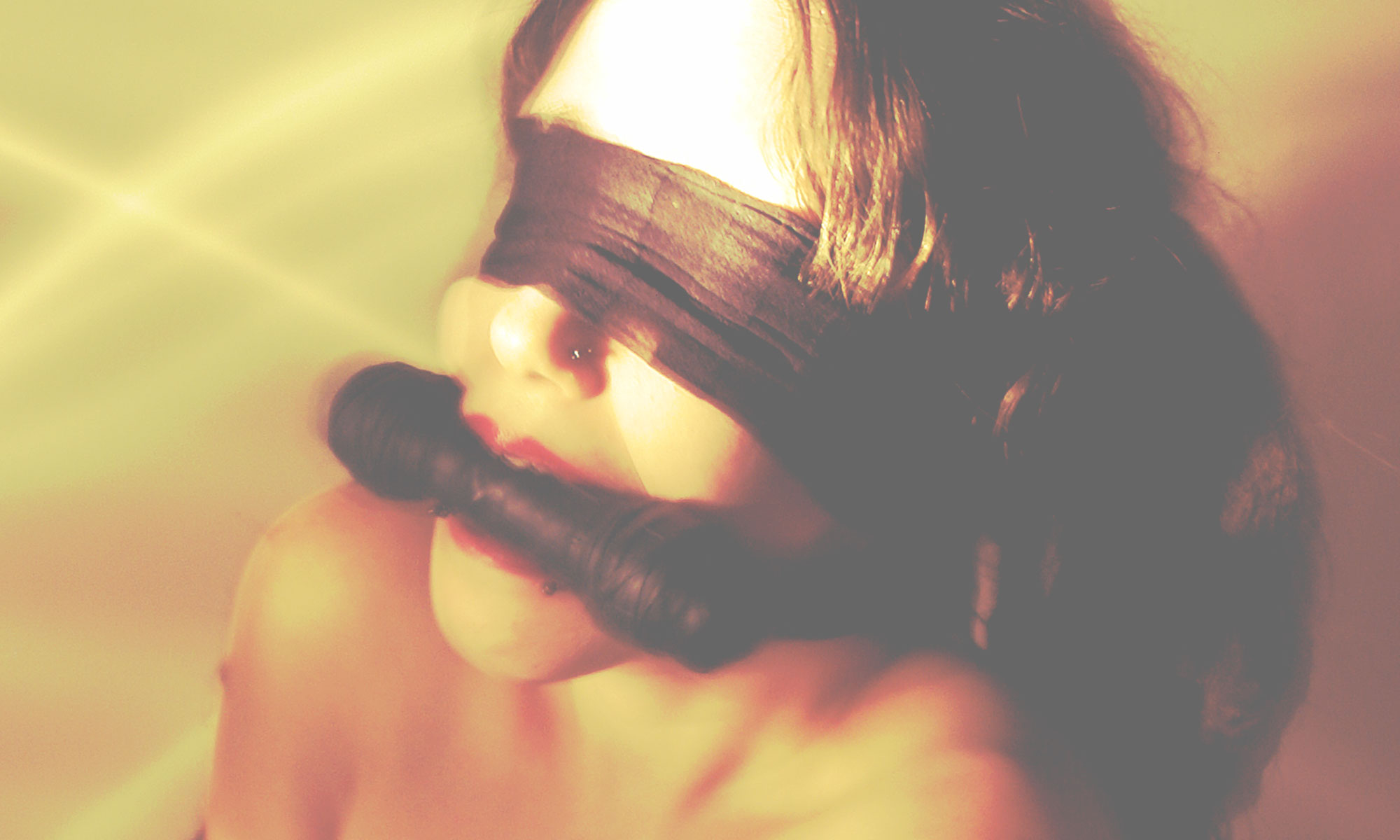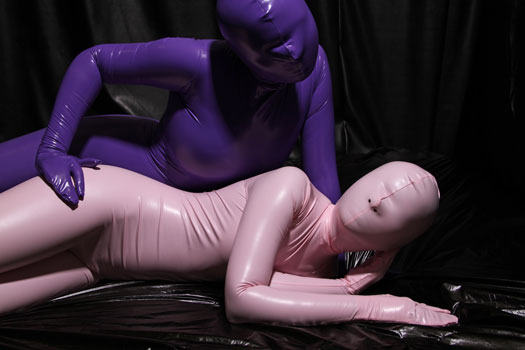Here’s one North Carolina woman’s take on what it means to be queer and kinky. I’m basically with her on this. In my experience, I’ve found a lot of acceptance at the intersection of the BDSM and queer worlds, and a fair amount of judgement from either side.
Read the whole article in QNotes: Serving LGBT Carolina since 1986, here.

Maria Dominguez
A&E / Life&Style, Cover Stories, Featured Stories
In the age of sexual liberation, LGBTQ people still fight for acceptance. But even within the community, there is a repressed subculture: queer kinksters. Practitioners of bondage and discipline, dominance and submission, and sadism and masochism (BDSM) are criticized from all sides. Some queer kinksters seek to remove the stigma and affirm that their sexuality, though alternative, is no more bizarre than ‘vanilla’ or non-kinky sex.
BDSM includes so many kinks that it would take a full-length book to explain them all. But at the core of the debate is the question: is kink ‘normal’ and ‘natural’ in the same sense as other ‘alternative’ sexualities?
Slate’s Jillian Keenan believes that kink is a sexual orientation as valid as any LGBTQ identity. Keenan argues that beyond the pop-culture stereotypes lies a community of people who are true to themselves and get very real rewards from their practice of BDSM.

‘Kink mixes language, ritual, trust, power, pleasure, pain and identity in a way that can’t be captured by a stereotype,’ Keenan wrote. She went on to describe the many parallels of LGBTQ people and BDSM practitioners, and doesn’t fail to mention that many LGBTQ people are kinky.
‘Kink can be such an orienting force that, for many of us, it even overpowers gender,’ Keenan wrote.
This was certainly the case for Laura Garcia, who identifies as pansexual and has had partners at every degree of the spectrum of gender identities. Garcia says that being LGBTQ and kinky can be a challenge.
[T]he fight for LGBTQ equality often rests on the need to be accepted as normal. As a result, ‘any activities that would make us seem more ‘deviant’ is one more thing we’d rather keep in the closet.’
‘The BDSM community in Charlotte is very still attracted to that [heterosexual gender] binary,’ Garcia said. ‘So it can be harder if you’re a woman interested in women to find someone to genuinely dominate you long-term. But in a way it’s ultimately more rewarding…Those are some of the longest-lasting relationships.’
Despite what Garcia calls the ‘old-guard’ values of the local kink scene, many LGBTQ people have found their places in BDSM practice. The National Coalition for Sexual Freedom’s survey found that 35 percent of kinksters identify as bisexual compared to the 1.8 to 2.8 percent rate in the overall population.*
The stigma around kink in the LGBTQ community is as common as homophobic statements by straight people. In a post for Out & About Nashville, River Johnson points out that the fight for LGBTQ equality often rests on the need to be accepted as normal. As a result, ‘any activities that would make us seem more ‘deviant’ is one more thing we’d rather keep in the closet.’
Zannah Breunig agrees, but points out that the presence of LGBTQ people in the kinky world is undeniable.
‘Maybe more queer people end up being involved because they’re already assumed to have a non-normative sexuality,’ Breunig postulated. ‘There’s going to be pockets where there’s resistance because in a lot of ways there’s this…gay and lesbian desire to establish themselves as normative. In that regard, there could be a lot of distancing from ‘the perverts,’ the more queer expressions of sexuality.’
…
Read the full article here.
*A quibble: she quotes a statistic that ‘35 percent of kinksters identify as bisexual compared to the 1.8 to 2.8 percent rate in the overall population.’ I’d like to know more about this. Is this men as well as the well-worn stereotype of bi women in the ‘heterosexual’ BDSM world? Are they in same-sex or multi-sex pairings or groups? Or would the rate in the overall population be closer to 35 percent if bi people in general were more comfortable going on the record about their sexuality (or, perhaps, were more aware of it).


